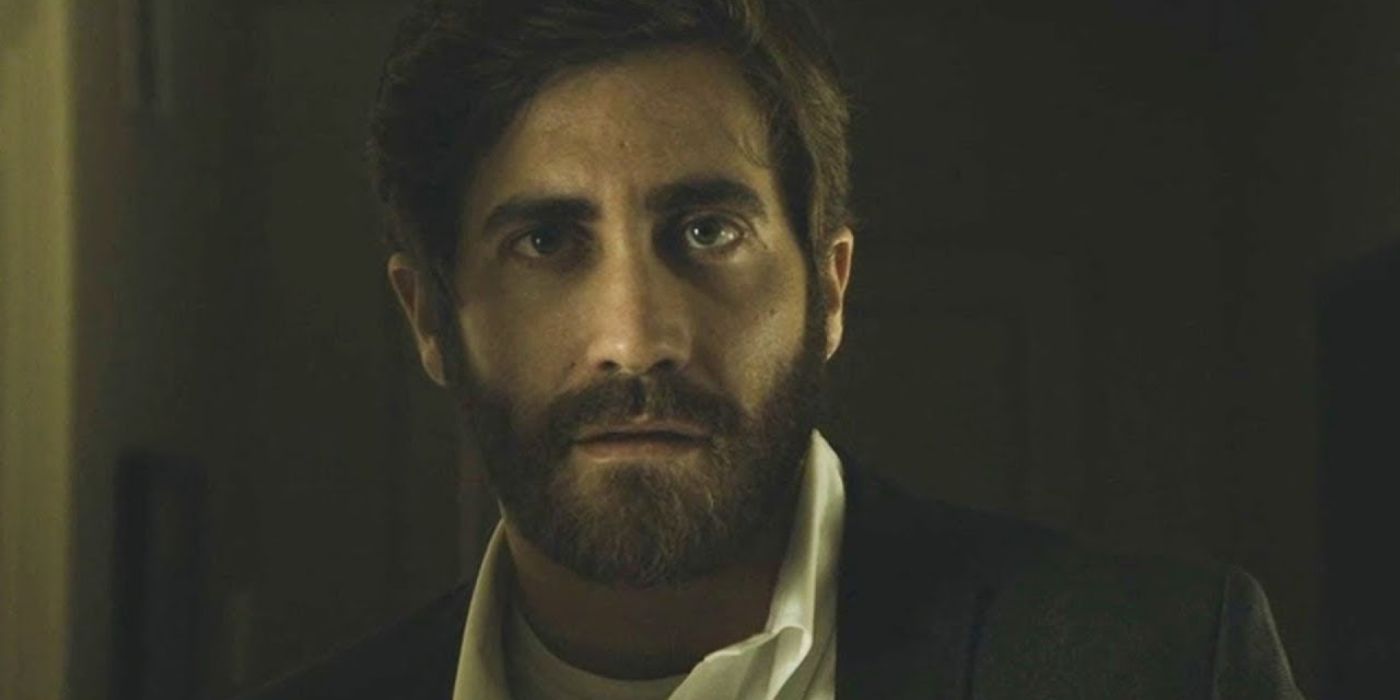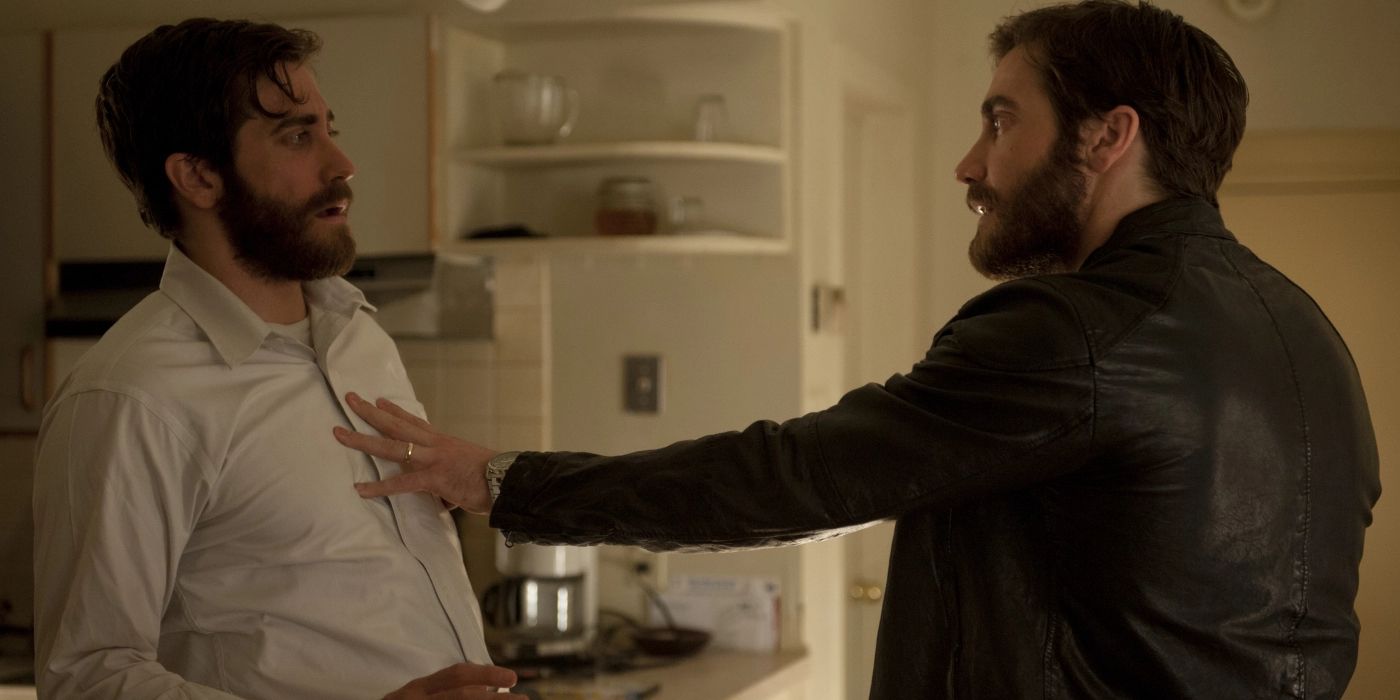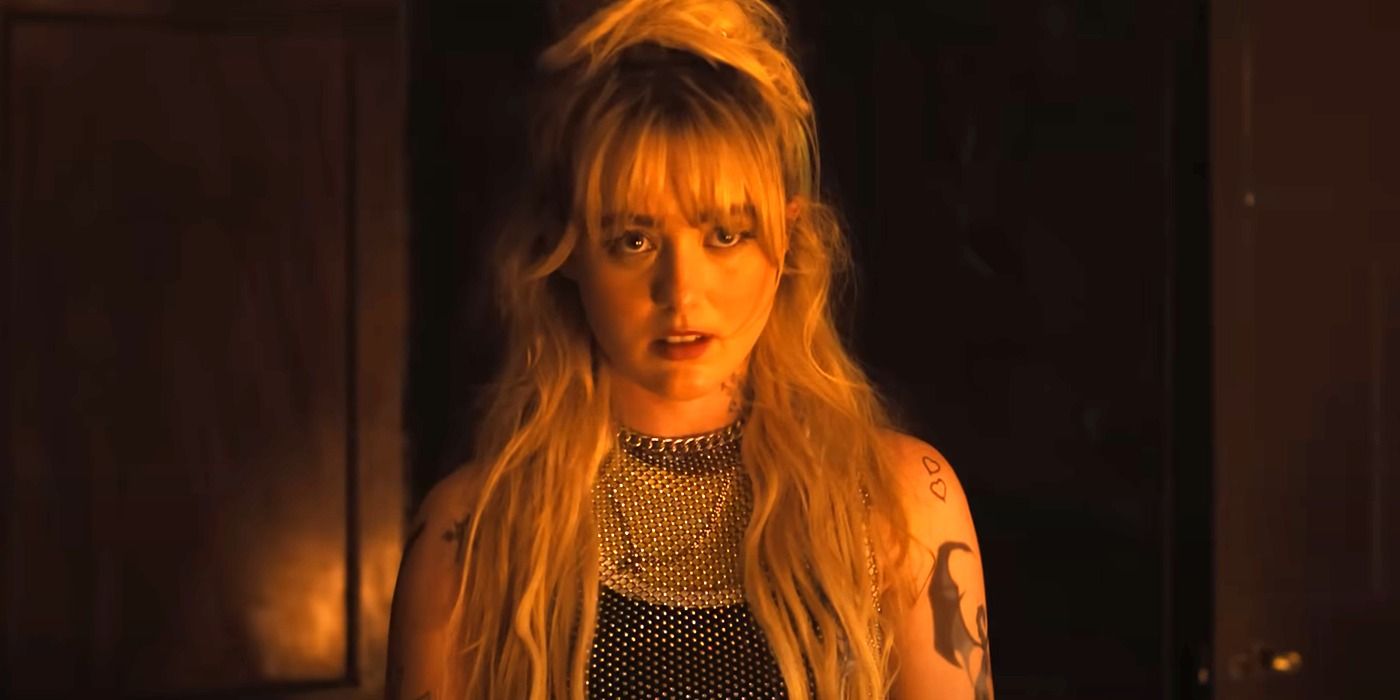The Big Picture
- In Enemy, Jake Gyllenhaal plays two characters, Adam Bell and Anthony Claire, who look identical but have completely different personalities and motives.
- The appearance of spiders, including a giant tarantula, throughout the film adds to its eerie and dreamlike atmosphere, but the meaning behind these creatures remains open to interpretation.
- The ambiguous ending of Enemy leaves viewers questioning the true nature of the characters and events, with director Denis Villeneuve offering different explanations in interviews. Ultimately, the film invites personal interpretation and reflection.
In many ways, Denis Villeneuve‘s 2013 psychological thriller Enemy defies interpretation – even by its own creators. Based on Portuguese novelist José Saramago’s The Double (O Homem Duplicado, literally, “The Duplicated Man”), the film follows Adam Bell (Jake Gyllenhaal), who happens to discover a man who looks identical to him. Filled with bizarre dream sequences and incongruous plot elements and pervaded by a constant sense of dread, Enemy culminates in a final moment so unsettling, so far out of left field, that viewers may need to recover from the shock before they can even guess at its meaning.
Who Does Jake Gyllenhaal Play in ‘Enemy’?
Jake Gyllenhaal’s Adam is a history professor who lives in a sad, barren apartment, has a shallow, mostly sex-based relationship with his girlfriend Mary (Mélanie Laurent), and basically seems depressed. One day while watching a movie he notices an extra who looks exactly like him, and he quickly becomes obsessed. He goes to great lengths to track the man down, learn his name – Anthony Claire, also played by Gyllenhaal – and eventually convince him to meet in person. The meeting is brief: Adam becomes uneasy at the sight of Anthony, who turns out to be more than just a long-lost twin – the two even have the same scars. Anthony, on the other hand, is now the one who’s obsessed, and he begins stalking Adam and eventually Mary.
Anthony is married to Helen (Sarah Gadon) but is intrigued by Mary, and he constructs a ruse to convince Adam to let Anthony sleep with Mary without telling her that he is not, in fact, the boyfriend she knows. In retaliation, Adam goes to Anthony’s much nicer apartment, perhaps intending to sleep with Anthony’s pregnant wife. Adam, however, doesn’t have Anthony’s smooth sense of self-assurance or his disregard for consent, and he’s unable to go through with it until Helen hints that she knows he’s not really Anthony, and tells him she wants him to stay anyway. Meanwhile, Mary suspects that Anthony isn’t who he’s pretending to be and, horrified, demands that he take her home. On the way, Anthony provokes an argument that causes a car crash, presumably killing them both.
The final scene takes place the next morning when Adam, seemingly poised to take over Anthony’s life, dresses in Anthony’s clothes and talks to Helen about going out that night. As he enters the bedroom to speak to her face to face, he finds, not Helen, but a gigantic tarantula cowering against the back wall. The camera cuts back to Adam, who doesn’t seem frightened or even surprised, but rather resigned, or perhaps a bit annoyed.
What Does ‘Enemy’s Ending Mean?
If you’re thinking, “Wait, what?” you’re not alone. Enemy is a bit like a Rorschach test, eliciting a different interpretation of its meaning and themes from each viewer and critic who sees it. It’s reasonably obvious that what we see on screen isn’t a literal representation of events – partly because some events conflict with each other and can’t all be literally true – but also because the film gives off strong Fight Club (or even Jekyll and Hyde) energy from the moment Adam and Anthony begin interacting. No one ever sees the two of them together; even when Adam calls Anthony’s home, he never talks to Helen while Anthony is in her presence. The two look identical but are otherwise opposites: Adam is shy and nervous, while Anthony is loud and confident. Anthony is a bad guy who’s cheated on his wife in the past and is eager to do it again, whereas Adam is uncomfortable deceiving Anthony’s wife Helen.
Yet even Villeneuve seems undecided about what’s really going on. In interviews surrounding the film’s limited theatrical release, he at times described it as “a very simple story [from the] subconscious point of view” of “a man who decides to leave his mistress to go back to his pregnant wife” and at other times said, “You don’t know if they are two in reality. … It’s maybe two sides of the same persona.”
Where Does the Tarantula Come From in ‘Enemy’?
The giant tarantula in the bedroom isn’t the first spider to appear in the movie – their existence and their association with women is a running theme. The film opens with either Adam or Anthony entering a sex club where the final act is a woman crushing a tarantula with her stiletto. (To my fellow spider lovers, don’t worry: you don’t actually see the killing blow.) Spiders show up again in a pair of scenes that are completely disconnected from those around them, making them appear to be dream sequences – though they’re not bookended by the usual indicator of the character going to bed and waking up afterward. In the first, Adam/Anthony walks down a cinderblock corridor. An upside-down nude woman walks toward him on the ceiling, and as she approaches, we see that she has a spider’s head complete with huge fangs. In the second, we see a massive spider towering over the city like a Japanese movie monster. Both of these scenes are bathed in the same yellow tones that permeate most of the film.
Yet the appearance of the giant tarantula in the bedroom is not disconnected from reality in the way these earlier sequences are. The dream sequences are fantastical, obviously not meant to be read as happening literally. (Whether the rest of the movie is meant to be read as happening literally is another question.) The bedroom tarantula, on the other hand, seems to exist in the otherwise concrete and contiguous world in which Adam and Anthony’s story takes place.
What does it mean? Internet theorists have pointed out the mythological connection between spiders and women, such as the Greek myth of Arachne, as detailed in Vulture, though how we’re meant to interpret that connection is anyone’s guess. It’s also worth noting that while the audience might be terrified by the sight of a tarantula so large it has to scrunch up its legs just to fit in the room, the film doesn’t treat the spiders as scary. The spider in the sex club isn’t behaving aggressively; it’s an innocent victim minding its own business. The monster spider in the dream sequence isn’t destroying things or eating people, and the spider-headed woman simply glances at Adam/Anthony as she walks by. Viewers might interpret the sudden appearance of the bedroom spider as a jump scare, but the score doesn’t indicate that – the only music is a pop song, “After The Lights Go Out” by The Walker Brothers – and Adam isn’t even startled. Instead, he actually sighs, as if he’s just poured himself a bowl of cereal and then realized he’s out of milk. The spider is the one who’s scared. It squeals and shrinks against the wall at the sight of Adam.
Some critics, as detailed in Vulture, assume that Helen has turned into the giant tarantula since we just saw her move from the shower into the bedroom and Adam has gone into the bedroom in search of her, but such a literal interpretation might not be very useful. It’s more interesting to ask what the spider represents, and Villeneuve isn’t letting on. (There are no spiders in the original novel, and the ending, though still fairly meta, is less out of left field and more in keeping with the psychological thriller genre.)
But that’s the fun of a movie that’s not meant to be read literally, isn’t it? Like Alex Garland’s Annihilation or Jordan Peele’s Us, Enemy and its unnerving ending can be read many ways by many audiences, and perhaps gives the viewer as much insight into their own mind as it does into the minds of its creators.







